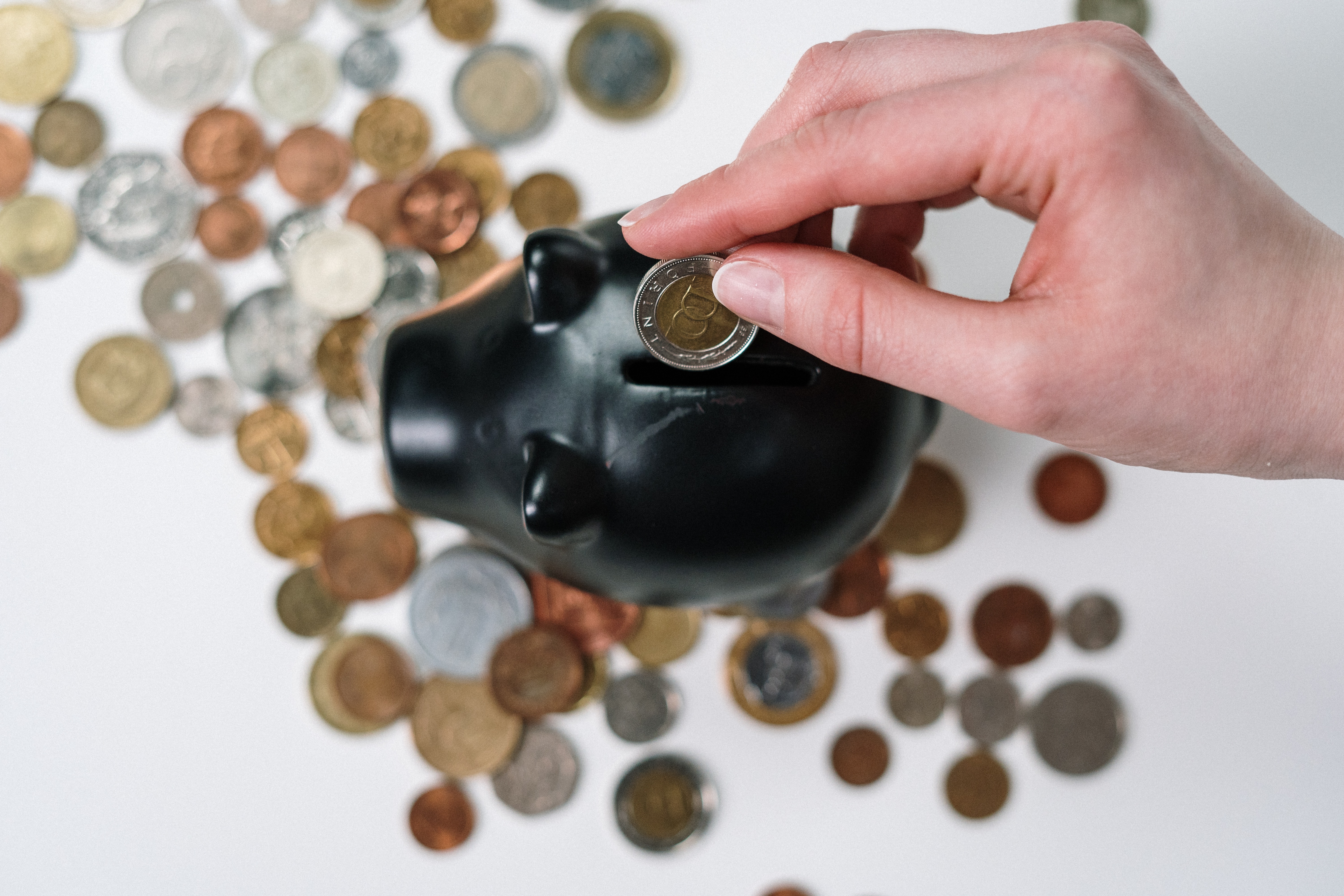Impact of Exchange Rates, Timing, and Travel Needs on Converting 100 US Dollars to Japanese Yen
GPT_Global - 2025-11-17 01:00:04.0 8
How do I calculate the amount of yen I will receive for 100 US dollars at a specific rate?
When sending money from the United States to Japan, one of the key factors you need to consider is the exchange rate. To calculate the amount of yen you will receive for 100 US dollars, you'll first need to know the current exchange rate between USD and JPY. For example, if the exchange rate is 1 USD = 140 JPY, this means that for every 1 US dollar, you’ll receive 140 Japanese yen.
To calculate how many yen you'll get for 100 USD, simply multiply 100 by the exchange rate. In this example, 100 USD × 140 JPY = 14,000 JPY. Therefore, you would receive 14,000 yen for your 100 US dollars.
It's important to note that exchange rates can fluctuate regularly. Make sure to check the current rate before initiating your remittance. Additionally, some service providers may charge fees or offer different rates, which can impact the final amount you’ll receive in yen. Understanding the exchange rate and any associated fees can help you make the most of your remittance transaction.

Will 100 US dollars be enough for a 5-day trip to Japan, considering the yen rate?
Planning a trip to Japan can be an exciting adventure, but understanding how far your money will go is essential. One question many travelers ask is, “Will 100 US dollars be enough for a 5-day trip to Japan?” The answer depends on several factors, especially the current yen-to-dollar exchange rate.
At the time of writing, the exchange rate fluctuates, with 1 USD typically worth around 130–150 yen. This means 100 USD will give you roughly 13,000 to 15,000 yen. While this might seem sufficient, Japan can be an expensive country, particularly in major cities like Tokyo or Kyoto.
Accommodation, food, and transportation costs quickly add up. A budget hotel can cost between 7,000 and 15,000 yen per night, while a simple meal may range from 1,000 to 2,000 yen. Public transportation costs should also be factored in, with daily travel expenses varying by location.
If you plan to rely on cash for daily expenses, it’s important to monitor the yen’s value carefully. Using remittance services to transfer money to Japan can be an affordable way to ensure you have enough funds for the trip without overpaying in fees. By staying aware of exchange rates and budgeting wisely, you can make the most of your $100 for a memorable stay in Japan.
How much would 100 US dollars be in yen if the exchange rate was 1 USD = 110 JPY?
In today's global economy, the ability to send money across borders quickly and efficiently is essential. If you're considering remitting funds from the United States to Japan, one common question arises: "How much would 100 US dollars be in yen if the exchange rate was 1 USD = 110 JPY?" The answer is simple: 100 USD would convert to 11,000 Japanese yen.
This conversion is based on the exchange rate of 1 USD = 110 JPY. As exchange rates fluctuate regularly, it’s important to check for the most current rate before making a remittance. By using reliable remittance services, you can ensure that the amount sent is accurate and that your recipient gets the full value of your transfer.
For businesses or individuals frequently sending money abroad, selecting the right service is critical. Whether you're sending 100 USD or a larger amount, it’s vital to consider factors such as transfer fees, speed, and the exchange rate offered by the remittance provider.
In conclusion, understanding exchange rates and selecting the best remittance option can help ensure your transfer is cost-effective and efficient. Keep in mind that small differences in exchange rates and fees can make a big difference in the total amount received by the recipient.
What’s the difference between a fixed exchange rate and a floating exchange rate for 100 US dollars to yen?
```htmlWhen sending money internationally, understanding exchange rates is crucial for remittance businesses and customers alike. There are two primary types of exchange rate systems: fixed and floating exchange rates. These systems determine how currencies are valued against one another, including the conversion from US dollars to Japanese yen.
A fixed exchange rate means the value of the yen is tied to another currency, like the US dollar, and remains stable within a specific range. For example, if the exchange rate is set at 110 yen to 1 US dollar, the value of the yen will not fluctuate much, providing predictable costs for remittance transactions.
On the other hand, a floating exchange rate is more dynamic, where the value of the yen changes based on market supply and demand. This means that the 100 US dollars you send might get you a different amount of yen each time, depending on the market conditions. This introduces some level of uncertainty but can also benefit when the yen strengthens.
For remittance businesses, understanding these systems helps in forecasting costs, managing risk, and ensuring transparent, competitive service for customers transferring money to Japan.
```Can I use my 100 US dollars in yen when traveling to Japan or do I need to convert them first?
When traveling to Japan, it's important to know how to handle your currency. If you bring US dollars with you, you cannot directly use them for everyday transactions, as Japan primarily uses the Japanese yen (JPY). While some tourist destinations might accept foreign currency, it is not a reliable or widely accepted method for payments.
To ensure you're ready to make purchases, it’s best to convert your US dollars into yen before you travel. You can do this at currency exchange offices, banks, or even at airports. Additionally, ATMs in Japan often allow international withdrawals, but fees may apply, so be sure to check with your bank beforehand.
For a smoother experience, you can also use remittance services that allow you to send money directly to Japan in yen. This can help you avoid the hassle of converting cash and might provide better exchange rates. Make sure to choose a reliable remittance service with competitive fees for seamless transfers.
In conclusion, while you can exchange US dollars for yen in Japan, it’s advisable to prepare in advance by converting your money or using a remittance service to ensure you’re always ready to pay in yen.
What is the impact of economic conditions on the conversion of 100 USD to JPY?
Economic conditions play a significant role in the conversion of 100 USD to JPY, influencing exchange rates and remittance costs. Factors such as inflation, interest rates, and economic growth in both the U.S. and Japan can drive currency fluctuations. When the U.S. economy is strong, the USD tends to appreciate against other currencies, including the Japanese Yen. Conversely, Japan's economic health can affect JPY value, impacting how much Japanese Yen you receive for your dollars.
For businesses in the remittance sector, understanding these shifts is essential to optimize currency conversion. Economic stability in either country can lead to more predictable exchange rates, benefiting both senders and recipients. However, sudden economic changes like recessions or geopolitical tensions can cause volatility, increasing transaction costs and potentially affecting the amount sent or received.
For remittance services, it's crucial to stay updated on economic trends to offer competitive rates and minimize delays or additional fees. Monitoring global economic factors helps both providers and consumers better plan their transactions, ensuring the most cost-effective and efficient transfer possible.
Are there any apps that provide real-time exchange rates for converting 100 US dollars to yen?
If you’re sending money abroad, having real-time exchange data makes a huge difference—especially when converting **100 美元到日元**. Many users want accurate, fast updates so they can choose the best moment to remit funds and reduce unnecessary costs.
Several apps specialize in delivering live currency information. Tools like financial platforms, digital wallets, and remittance services typically include built-in FX trackers that show USD/JPY price movements updated by the minute. These apps not only display rates but often provide charts, alerts, and quick-convert features so you always know exactly how much ¥ you’ll get for $100.
For anyone running or using remittance services, recommending real-time FX apps helps customers lock in better rates, avoid unfavorable timing, and feel more confident about their transfers. Real-time visibility boosts transparency and improves user experience—key factors for standing out in a competitive remittance market.
What happens if I convert 100 US dollars to Japanese yen during off-peak hours at an exchange booth?
When converting 100 US dollars to Japanese yen at an exchange booth during off-peak hours, several factors can influence the exchange rate you receive. Off-peak hours typically mean lower traffic at currency exchange booths, which can sometimes result in less competitive rates, as booths may not be as eager to offer favorable rates to attract customers.
During these quieter times, the exchange booth may have more flexibility in setting rates, but this doesn’t always guarantee a better deal. It’s essential to compare the rates before exchanging money, as some booths might offer less favorable rates or higher fees during off-peak hours. Also, during these hours, there might be fewer staff available to assist with your transaction, making the process slightly less efficient.
Additionally, exchange rates can fluctuate based on market conditions, and off-peak hours might coincide with times when global currency markets are less active. This could lead to slightly wider spreads between the buy and sell rates, potentially costing you more when converting currency. To get the best deal, always be aware of the current exchange rate and any service charges involved.
About Panda Remit
Panda Remit is committed to providing global users with more convenient, safe, reliable, and affordable online cross-border remittance services。
International remittance services from more than 30 countries/regions around the world are now available: including Japan, Hong Kong, Europe, the United States, Australia, and other markets, and are recognized and trusted by millions of users around the world.
Visit Panda Remit Official Website or Download PandaRemit App, to learn more about remittance info.


